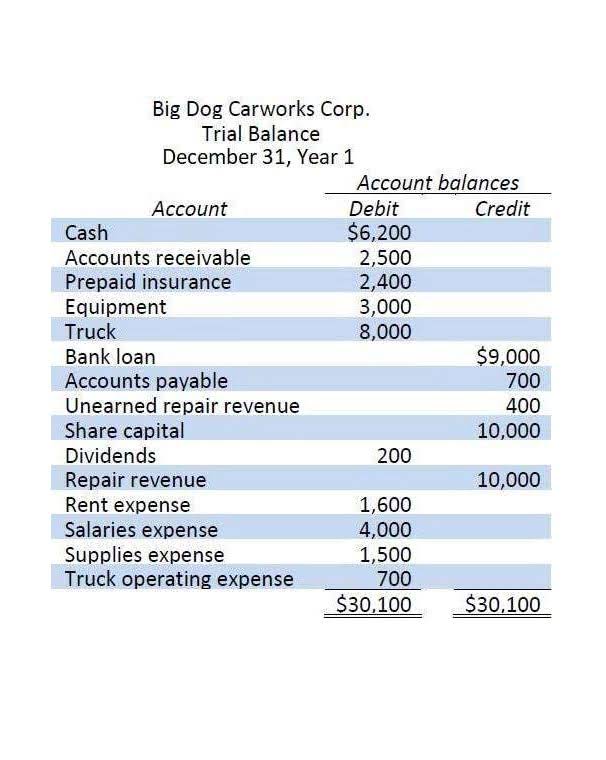Preparing Consolidated Financial Statements: A Step-by-Step Guide
-
AUTHOR: admin
-
junio 11, 2021
Preparing Consolidated Financial Statements: A Step-by-Step Guide

These transactions can create artificial profits or losses that do not reflect the true financial position of the group. Common intra-group transactions that require elimination include intercompany sales, purchases, loans, dividends, and interest. A consolidated income statement reports the revenues, expenses, gains, and losses for the parent company and its subsidiaries.
- Submit the form below to download our FREE eGuide and learn more about how you can optimise your financial consolidation on a budget with Fluence.
- Consolidated accounting relates to taking information from a parent company and its subsidiaries and combining them together.
- Consolidated financial statements are used when the parent company holds a majority stake by controlling more than 50% of the subsidiary business.
- The primary accounting models for consolidation are the voting interest entity model and the VIE model.
- In this article, we will delve into the process of preparing consolidated financial statements, offering a step-by-step guide to ensure accuracy and compliance.
Any differential between the investment account balance and the parent’s share of the subsidiary’s equity is used to adjust additional paid-in capital and retained earnings. You can think of it like a merger that combines all the subsidiaries with the parent company to make one larger entity that issues a single set consolidated meaning in accounting of financial statements. The determination of whether a legal entity is a VIE ultimately governs the consolidation model the reporting entity must apply. If the legal entity is a VIE, the reporting entity uses the VIE model to assess whether to consolidate; otherwise, it uses the voting interest entity model.
Conclusion: The Significance of Consolidated Financial Statements in Corporate Finance
Before embarking on the consolidation process, it is crucial to grasp the purpose and scope of consolidated financial statements. These statements combine the financial results of multiple entities within a group into a single set of financial statements. The goal is to present a true and fair view of the group’s financial position, performance, cash flows, and changes in equity. The next step involves combining the financial statements of each reporting entity into a single set of consolidated financial statements.
Consolidated financial statements provide a comprehensive overview of a parent company and its subsidiaries as if they were a single economic entity. By combining the financial results of a parent and its subsidiaries, these statements offer valuable insights for corporate finance decisions. Consolidated financial statements bring together the financial results of a parent company and its subsidiaries. This provides investors and stakeholders a comprehensive view of financial performance across an entire group of related companies.
Cost Method Accounting for Subsidiaries
Imagine a multinational corporation, GlobalTech Inc., which owns several subsidiaries around the world. Each subsidiary operates in different countries and is involved in diverse business activities that contribute to GlobalTech’s overall revenue. However, to give a complete picture of GlobalTech Inc.’s financial status to its shareholders, all these financial statements are consolidated. If a subsidiary uses a different currency as its operating currency, an additional consolidation accounting step is to convert its financial statements into the operating currency of the parent company. So, if you, as a parent company, oversee two subsidiaries, it would be inaccurate and against the law to only report only on the parent company’s revenues.

0 comment